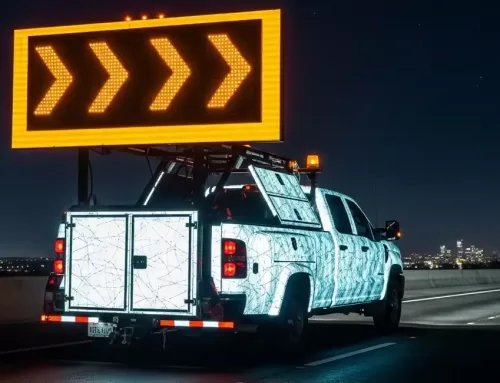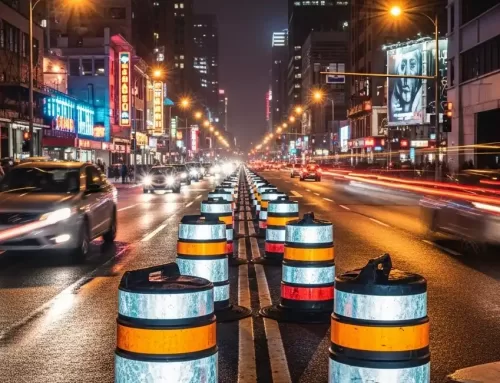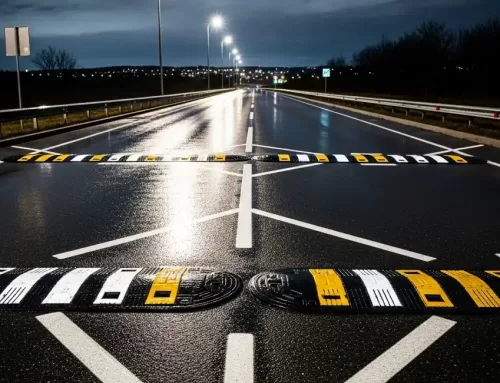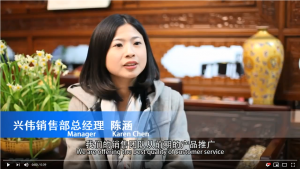What should be paid attention to when using laser cutting reflective sheeting?
Reflective film is a reflective sheeting material made by microprism technology, synthetic resin technology, thin film technology as well as other processes.
According to the principle of retro-reflection of light, reflective film can reflect the light emitted by the light to illuminate the direction of the light and remind relevant personnel to find the distance of the object in front, which makes this knid of reflective film widely used in the variety of fields, such as,r oad traffic, mining areas, and water transportation.
In addition, reflective sheeting is also utilized to make performance costumes, various graphic advertisements, as well as outdoor decoration scenes, which is one of the most common film materials people utilize on weekdays.
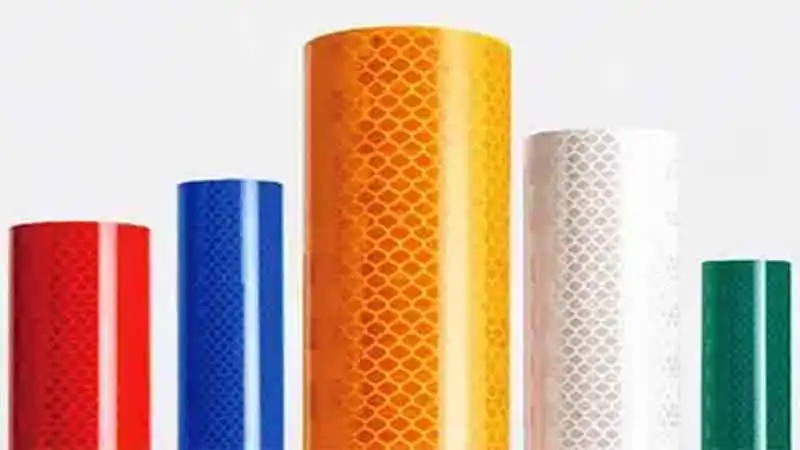
2. Prismatic reflective film
Why does reflective film need to be cut?
It is said that this reflective sheeting demands the cutting to be an unchangeable shape and the laser cutting is one of the most common approaches to do this deed.
Although the reflective sheeting has the ability to reflect the light, the highly energy-intensive laser can still easily cut the reflective film.
What’s more, the edges after cutting are smooth and beautiful, without the need for secondary processing.
So that the advertising industry that chases the great processing effect will lay emphasis on that reflective film.
When using a laser to cut reflective film, the following matters need to be noted:
Material properties:
There are many types of reflective film, such as Class I engineering-grade reflective film, Class III high-strength reflective film, Class V high-angle reflective film, etc.
On top of that, these reflective films have a multi-layer structure (substrate, adhesive layer, reflective layer, etc.).
Materials with different characteristics have different cutting parameters.
We need to determine the specific material composition in advance to prepare for subsequent processing.
Laser type:
Because the wavelength of the CO2 laser matches the light absorption characteristics of reflective sheeting, reflective film is usually cut using a CO2 laser, and the equipment is usually a laser cutting machine.
If it is a thinner reflective film, a marking machine can also be used for cutting.
Laser parameters:
According to the thickness and material properties of the reflective sheeting, adjust the laser power.
Too high power may cause the cutting edge to melt or burn, while too low power may not be able to complete the cutting.
Set the cutting speed reasonably.
Too fast may lead to incomplete cutting, too slow may cause the heat-affected zone to expand and cause material deformation.
Ventilation and exhaust:
Laser cutting of reflective sheeting will produce smoke and potentially toxic gases.
Ensure that the work area is well ventilated and use exhaust equipment to remove these gases in a timely manner.
Laser cutting of reflective film demands comprehensive consideration of multiple factors,for instance, material properties, cutting parameters, and safety measures.
With the purpose of tackling the troubles in advance, it is best to conduct appropriate tests before processing,which will ensure that the processing is carried out correctly to some extent.

